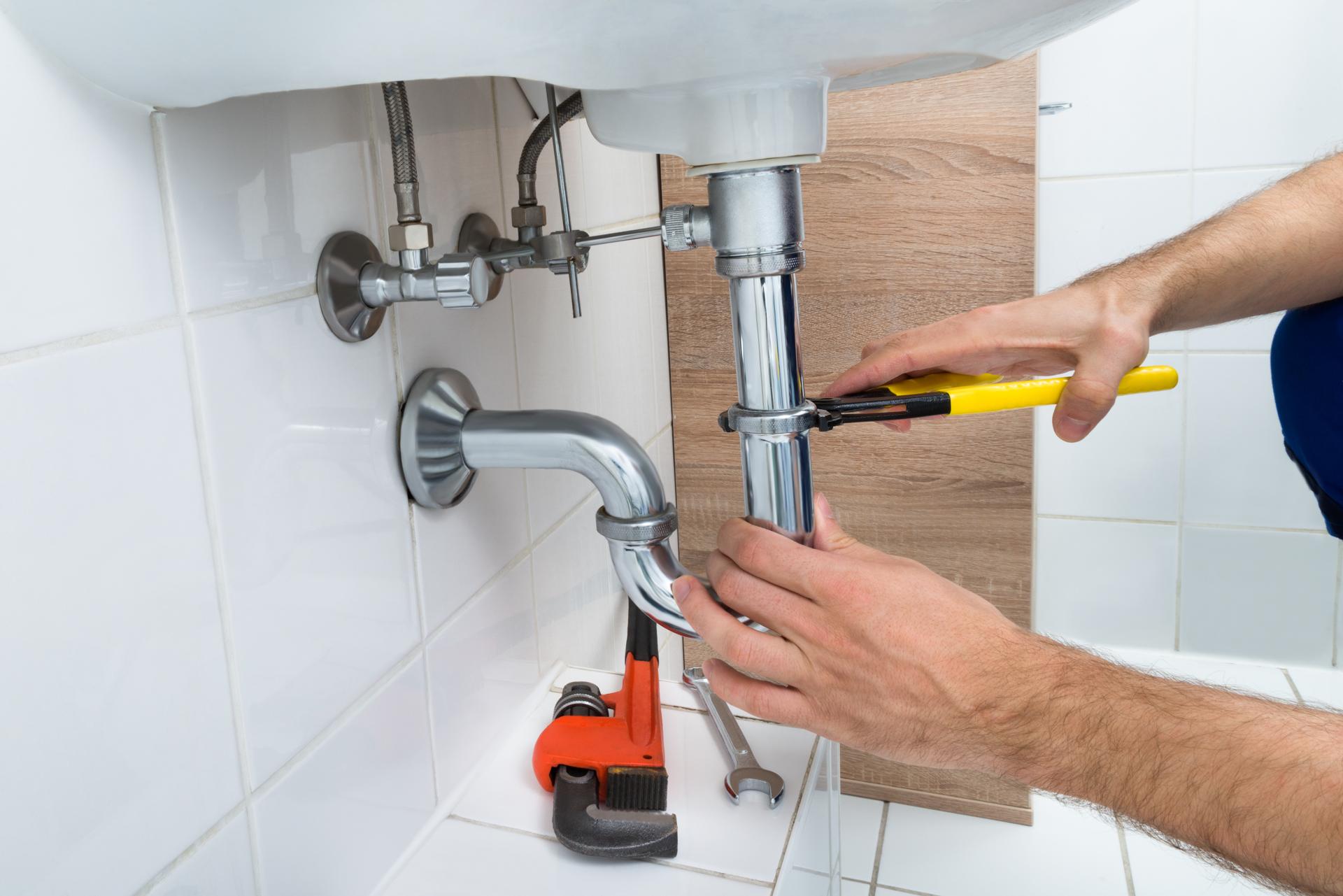A Comprehensive Guide to Knowing When and How to Replace Your Plumbing and What You Need to Know

Plumbing is an essential part of any home and provides us with safe water to drink, cook, and for cleaning, as well for the disposal of waste. Like any other appliance in your home plumbing is likely to get old and need to be replaced.
Knowing when it’s time to replace your plumbing is essential to avoid costly repairs and avoid potential health risks. We’ll talk about the signs that suggest that your plumbing requires to be replaced, factors to consider before replacing your plumbing, the process of replacing your plumbing and the advantages that come with replacing your plumbing, and a FAQ section to answer any questions you may have.
There are signs that it’s time to replace your plumbing
There are a variety of indications that the plumbing in your home needs to be replaced, for example: Leaks If you see water spots or puddles in your home, it’s a sign of a plumbing leak. Leaks can cause severe structural damage to your home and lead to mold growth and it’s important to address them promptly. Rusty pipes: Rusty pipes are evident that your plumbing requires to be repaired or replaced. Rust could contaminate your water supply which makes it unfit to consume or cook with. Low pressure in the water: If your faucets and showerheads produce low flow of water is a sign of low pressure water and can be caused by corroded pipes or blockages. Water discoloration, such as yellow or brown, could be a sign of rust or sediment buildup within your pipes. It can alter the taste and quality of your water. It may also suggest the need for the replacement of your plumbing.
Things to consider prior to replacing Plumbing
Before replacing your plumbing, there are a variety of aspects to take into consideration, such as: Age of the plumbing system: Plumbing systems have a lifespan of about 50 years. So when your house is over that time, it’s most likely time for a replacement. Cost of replacement replacing your plumbing could be costly, which is why it is important to plan for this expense. In the event of a plumbing problem that is severe If the plumbing issues are severe and affecting multiple parts of your house replacing it could be the most effective option.
What can you expect during the Plumbing Replacement Process
The process of replacing plumbing involves various steps, which include closing off the water supply: Your plumber will have to shut off the water supply to your residence to prevent any water damage or leaks. Removal of old pipes Old pipes need to be removed, which might require cutting into floors or walls. Installing new pipes New pipes will be installed, which may require rerouting in order to ensure proper water flow. The time frame for the plumbing replacement process will be based on the size of your house as well as the complexity of the job. Homeowners can expect some disruption during the process, including water shut-offs and potential destruction to floors and walls.
Benefits of Replacing Plumbing
Replacing your plumbing can provide a variety of advantages, such as: Increased water efficiency Plumbing fixtures and pipes are more efficient, reducing the amount of water you use and decreasing your energy bills. Improved water quality by replacing older, corroded pipes new ones can improve the water quality, making it safe for drinking and cooking. A lower risk of future plumbing problems: New plumbing is less likely to develop blockages or leaks, thus reducing the requirement for costly repairs in the future.
Conclusion
Replacing your plumbing is a significant purchase, but it’s vital for your home’s security and peace of mind. By understanding the signs that indicate your plumbing needs to be replaced, considering the elements that influence replacement and knowing what to expect during the plumbing replacement process, you will be able to make an informed decision regarding your home’s plumbing. Be aware that replacing your plumbing will provide many advantages, including improved water efficiency, improved water quality, and a reduced risk of future plumbing problems.
FAQ Section
How much does it cost to replace the plumbing?
The cost to replace your plumbing will depend on several factors, including the dimensions of your house as well as the complexity of the project, and the materials used. In the average, homeowners can expect to shell out between $5,000 and $10,000 for a complete plumbing replacement.
How long will it take to replace plumbing?
The length of time needed for plumbing repair will vary based upon the dimensions of your house as well as the complexity of the job. A typical whole-house plumbing replacement could take from two and four weeks.
Do I need to change my plumbing system if there is an issue with my plumbing?
If you have a single pipe leak, it may not need a full replacement. However, if you’re experiencing multiple leaks or notice other signs of plumbing issues, a replacement might be the best solution.
Can I replace my plumbing myself?
The replacement of your plumbing is a complicated job that should be left to an experienced plumber. Doing it yourself can result in costly errors and could pose security risks.
What kind of pipe will I need to replace my plumbing?
There are several types of plumbing pipes for replacement, including copper PVC and PEX. Your plumber will recommend the most suitable type of pipes for your particular requirements and budget. To conclude, changing your pipes is a crucial decision that should be made by taking careful consideration. When you know the signs that indicate your plumbing needs replacing, considering the factors before replacement and understanding what you can expect during the plumbing replacement process, you can make an informed decision about the plumbing of your home. A skilled plumber can help to guide you throughout the entire process and guarantee a successful and efficient replacement of your plumbing.
